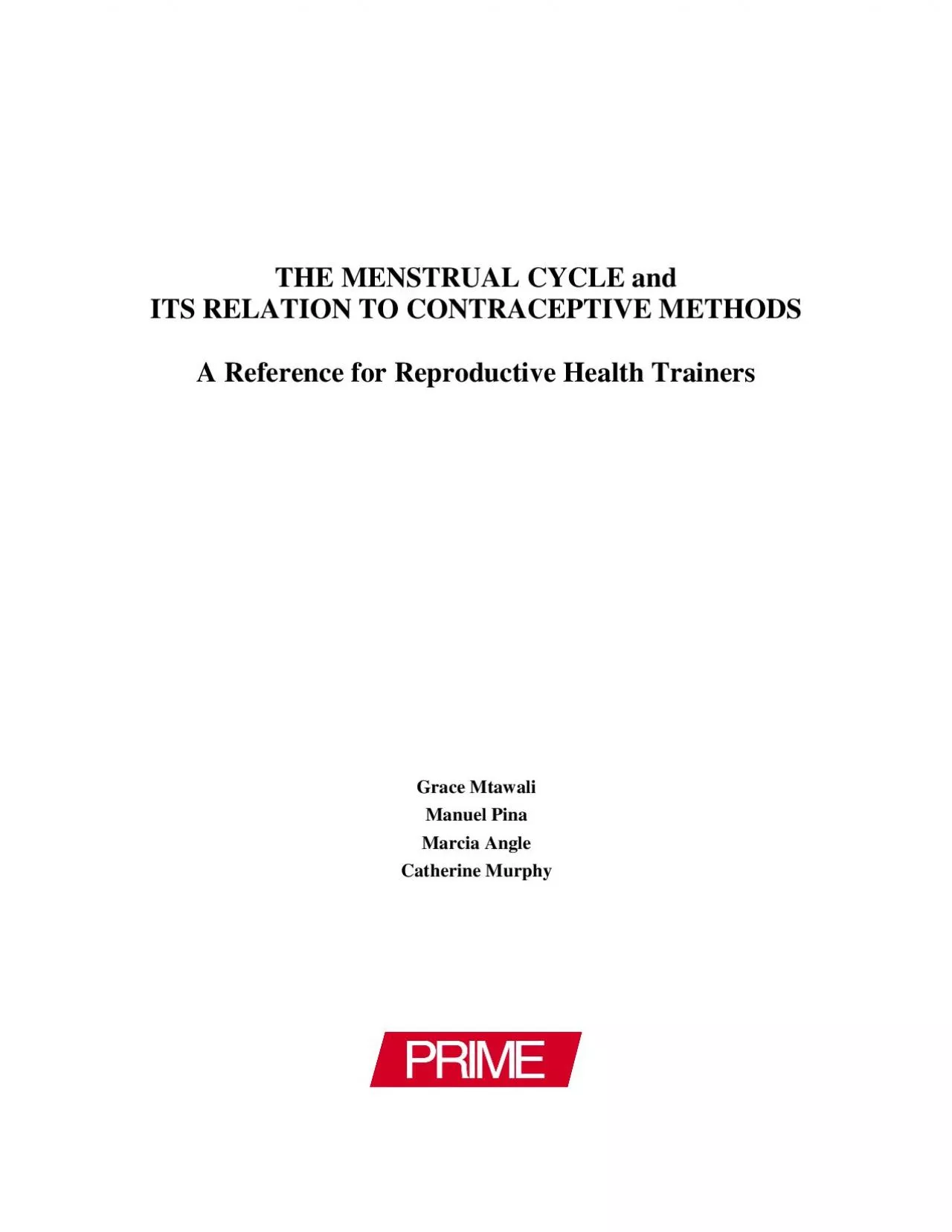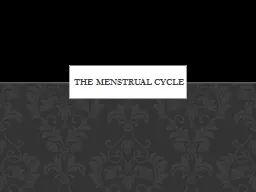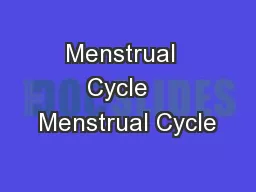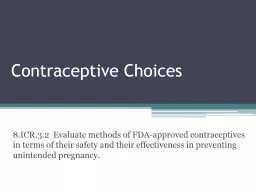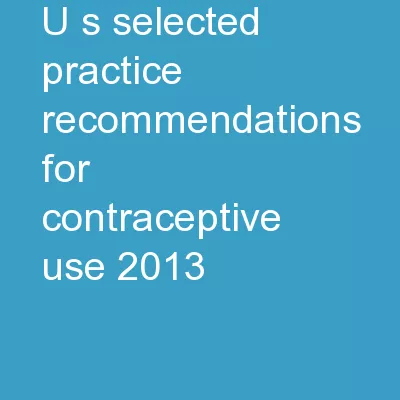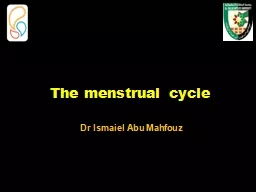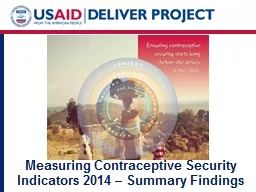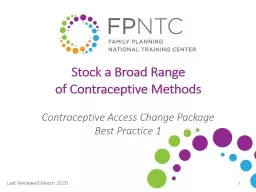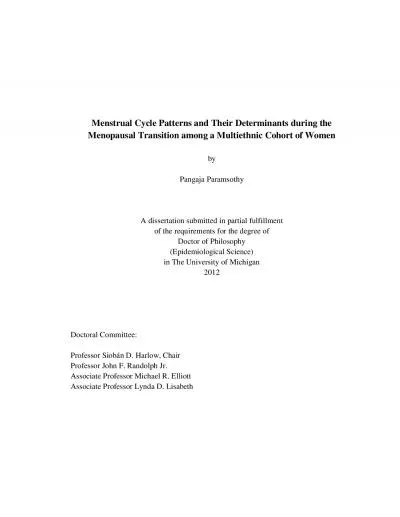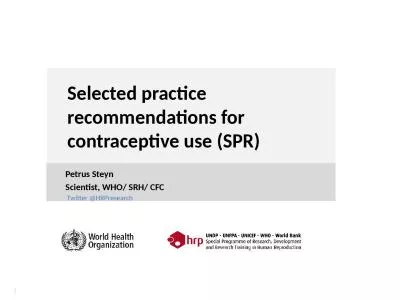PDF-THE MENSTRUAL CYCLE andITS RELATION TO CONTRACEPTIVE METHODSA Referenc
Author : roy | Published Date : 2022-08-31
This publication was produced by INTRAH at the University of NorthCarolina at Chapel Hill for the PRIME Project funded by the UnitedStates Agency for International
Presentation Embed Code
Download Presentation
Download Presentation The PPT/PDF document "THE MENSTRUAL CYCLE andITS RELATION TO C..." is the property of its rightful owner. Permission is granted to download and print the materials on this website for personal, non-commercial use only, and to display it on your personal computer provided you do not modify the materials and that you retain all copyright notices contained in the materials. By downloading content from our website, you accept the terms of this agreement.
THE MENSTRUAL CYCLE andITS RELATION TO CONTRACEPTIVE METHODSA Referenc: Transcript
Download Rules Of Document
"THE MENSTRUAL CYCLE andITS RELATION TO CONTRACEPTIVE METHODSA Referenc"The content belongs to its owner. You may download and print it for personal use, without modification, and keep all copyright notices. By downloading, you agree to these terms.
Related Documents

